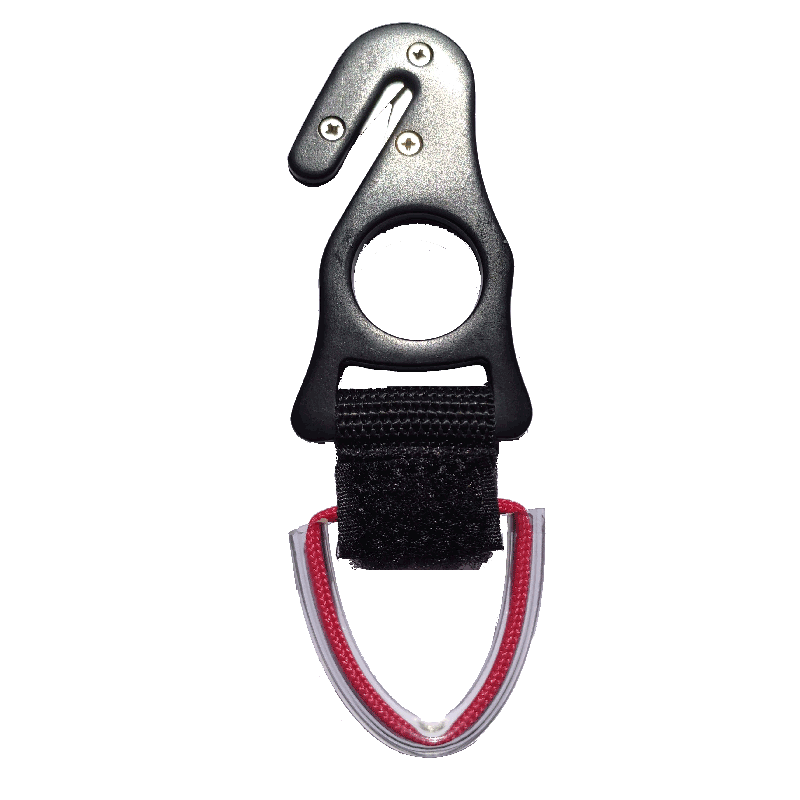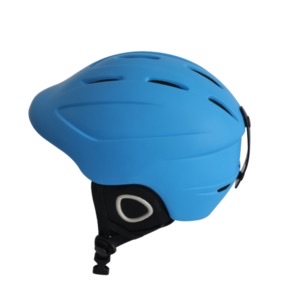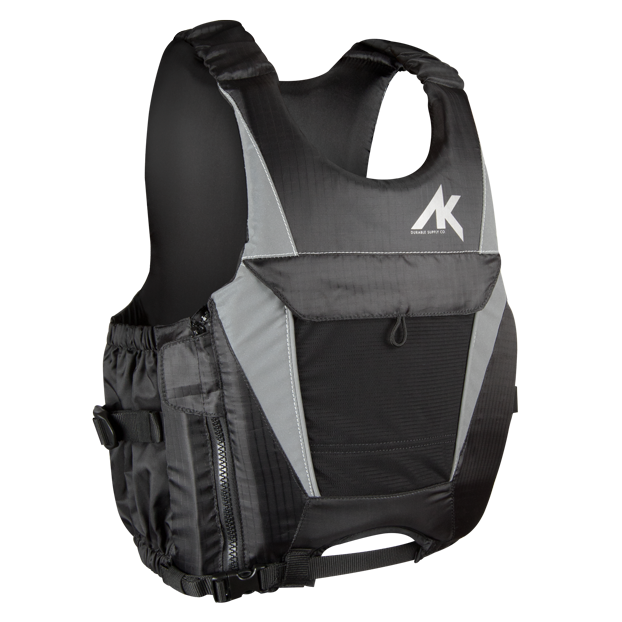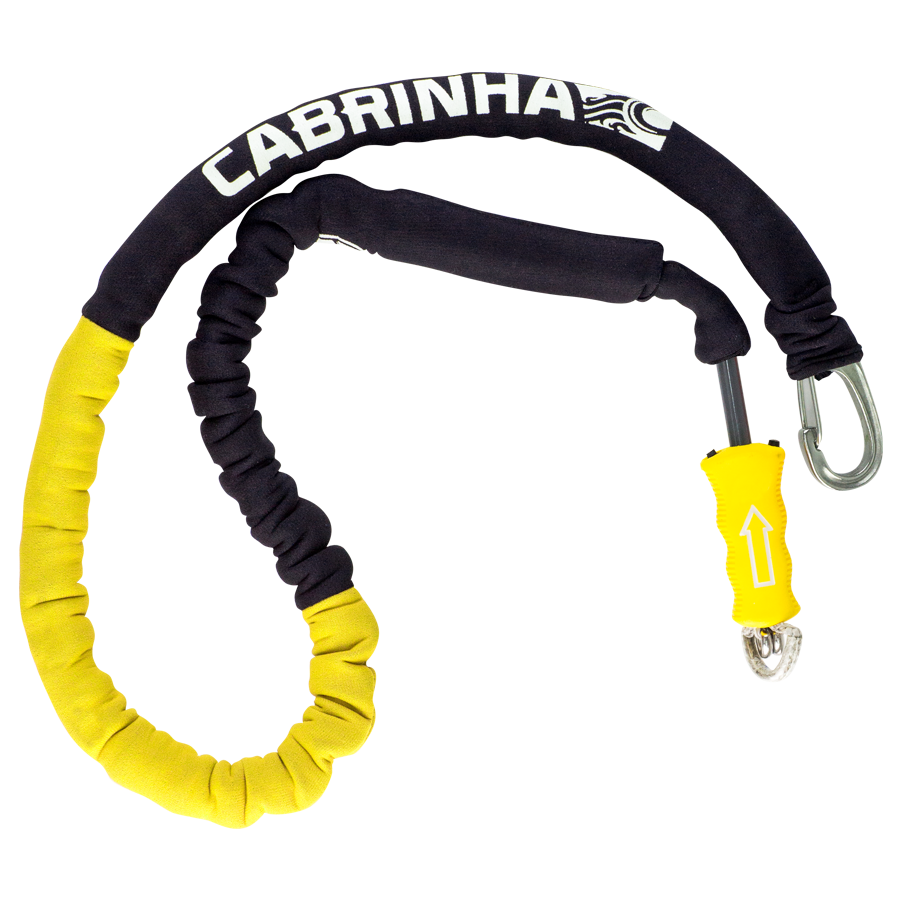Kitesurfing is an excellent sport which can be hazardous if you don’t know and respect some fundamental safety rules of sailing and if you don’t practice kiteboarding on the appropriate conditions.
In case you want to begin with kiteboarding in Vietnam, a kitesurfing lessons along with a qualified instructor must be completed so as to be self independent and safety instructions and rules should be learned.
Preliminary Assessments
- Do not ever do kiteboarding on your own: do kitesurf with a buddy for discussing helpful tips as well as for mutual assisting and support
- Learn regarding the regulations on local and municipal ordinances as well as on local customs, particularly with regard to the safety gadgets needed
- Find out all of the features of the place and check out the accessibility of the downwind point for use in the event of leeway
- Always monitor the weather forecast to find out the strength and direction of wind to be able to pick which is the right place for kitesurfing. Note: It’s great to avoid practice kiteboarding with Offshore wind, unless of course a launch and recovery service is readily available
- Select the appropriate kite size based on the wind conditions. In the event the intensity is not clear, obtain the wind intensity using an anemometer. Do not ever kitesurfing using an oversized kite
- Install the kite very carefully and find out if safety gears are properly functioning
- Do not ever arm / run / land in unsafe situations
- If not being used, don’t leave your kite unwatched in the beach.
Kitesurfing safety rules in the course of launching and landing stages
- Most incidents take place if the kite is in the beach, at the moment of take-off or at the moments prior to the entry in the water: during those times it’s important to focus.
- Check again if that lines are properly equipped prior to the kite take-off
- Get support only from professional kiteboarders and make use of the proper signals for taking off and landing the kite
- Don’t take-off the kite when there are obstacles (could be animals, people or things) and be mindful to get a safe distance downwind
- Don’t remain on the beach longer compared to the required time when the kite is flying.
Kitesurfing safety rules when Sailing
- Don’t enter the water on your own: safer to remain under control by somebody or carry a gadget to call for support in the event mishaps (e.g. a mobile phone)
- Keep track of the weather and any alterations on wind intensity and direction
- Keep a safe distance from some other windsurf, kitesurf, boats of all types, swimmers as well as obstacles on the whole
- Know about your limitations and options: cope with the time and difficulty of the sailing based on your level of experience as well as to the physical conditions
- Don’t head out very far from the beach: estimate the distance coming from the beach which allows to easy returning in the event of problems
Kitesurfing Safety Equipment
Safety equipment is very important for a successful and safe session. Even though kitesurfing is recognized as an extreme sport, it’s safe when you adopt the appropriate safety measures. Aside from getting updated material and finding out how to utilize the safety systems, putting on protective kitesurfing equipment could improve your safety.

Kitesurfing knife
Even though your kite features safety systems, in some instances you wish to cut your lines. The majority of modern harnesses have a kite knife that comes with it, that can usually be seen near to the hook.
Kitesurfing helmet

Students need to put on a helmet during the lessons. It’s more safe to kite with compared to not having a helmet however you may be amazed to see almost no independent kitesurfing wears one. Particularly in the start wearing a helmet is recommended, at least till you could ride upwind and get total control.
Kitesurfing floatation vest

Putting on a floatation device if not a basic in kitesurfing yet. You can find the majority of independent kitesurfers don’t put on such. Certainly whenever you do aquatic sports it’s safer to utilize one. You can find various types available on the market, appropriate for both seat and waist harnesses. Don’t mix up an impact vest for the floatation system though. Based on industry requirements, the floatation device should have no less than 50N of buoyancy,
Kite leash
It is really an important portion of your safety equipment. In case you are to activate the quick release in your bar, you’ll always be mounted on your kite using a safety leash. Do not ever ride without having a leash!
Board leash

As a novice or as an advanced rider training some tricks, you’ll fall and drop your board frequently. Be sure you learn upwind body dragging to return to your board. Board leashed are an out-of-date piece of hazardous equipment. Do not ever go kiting having a board leash. Once you crash, the board leash could pull the board and result in injury.
